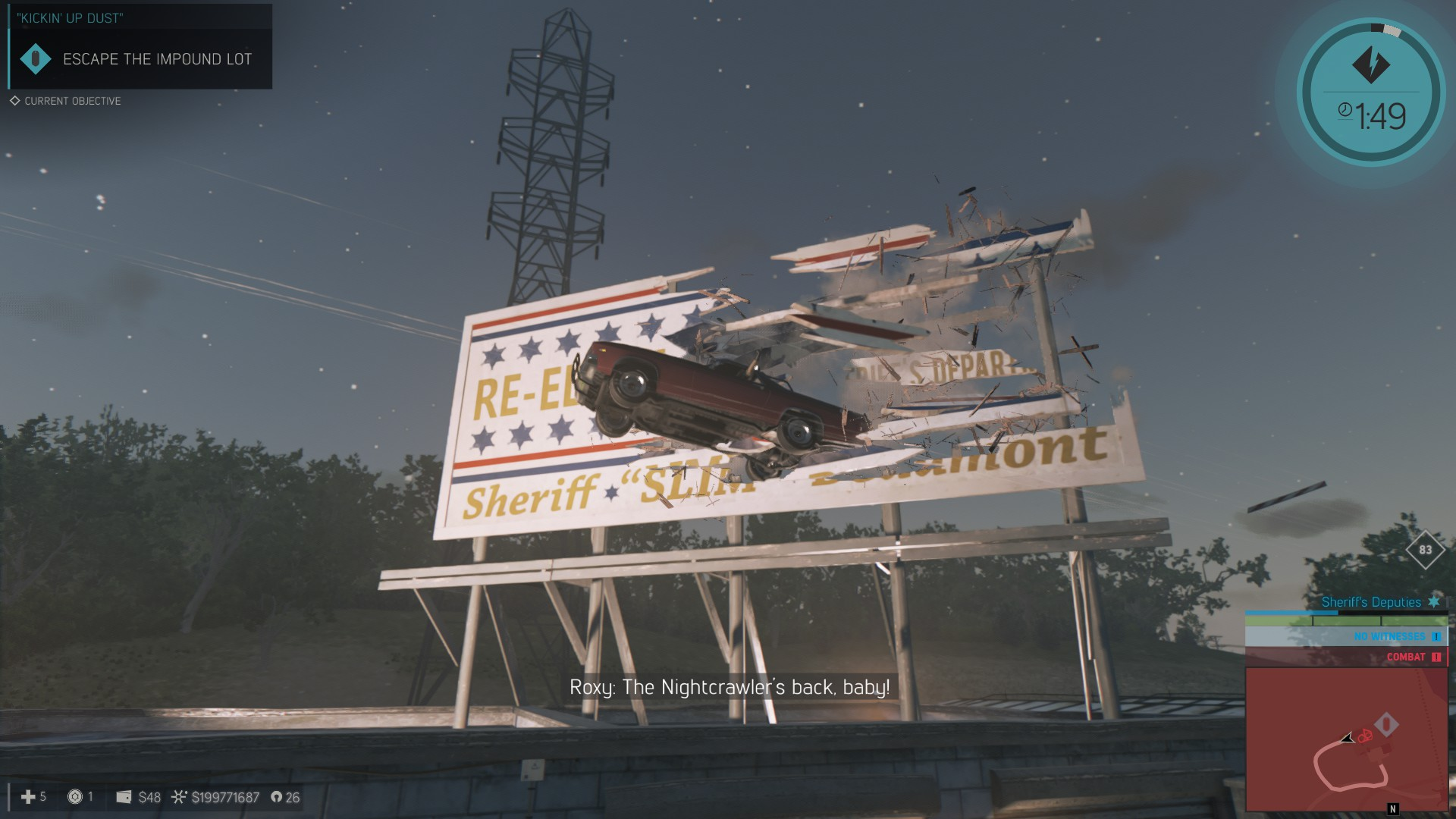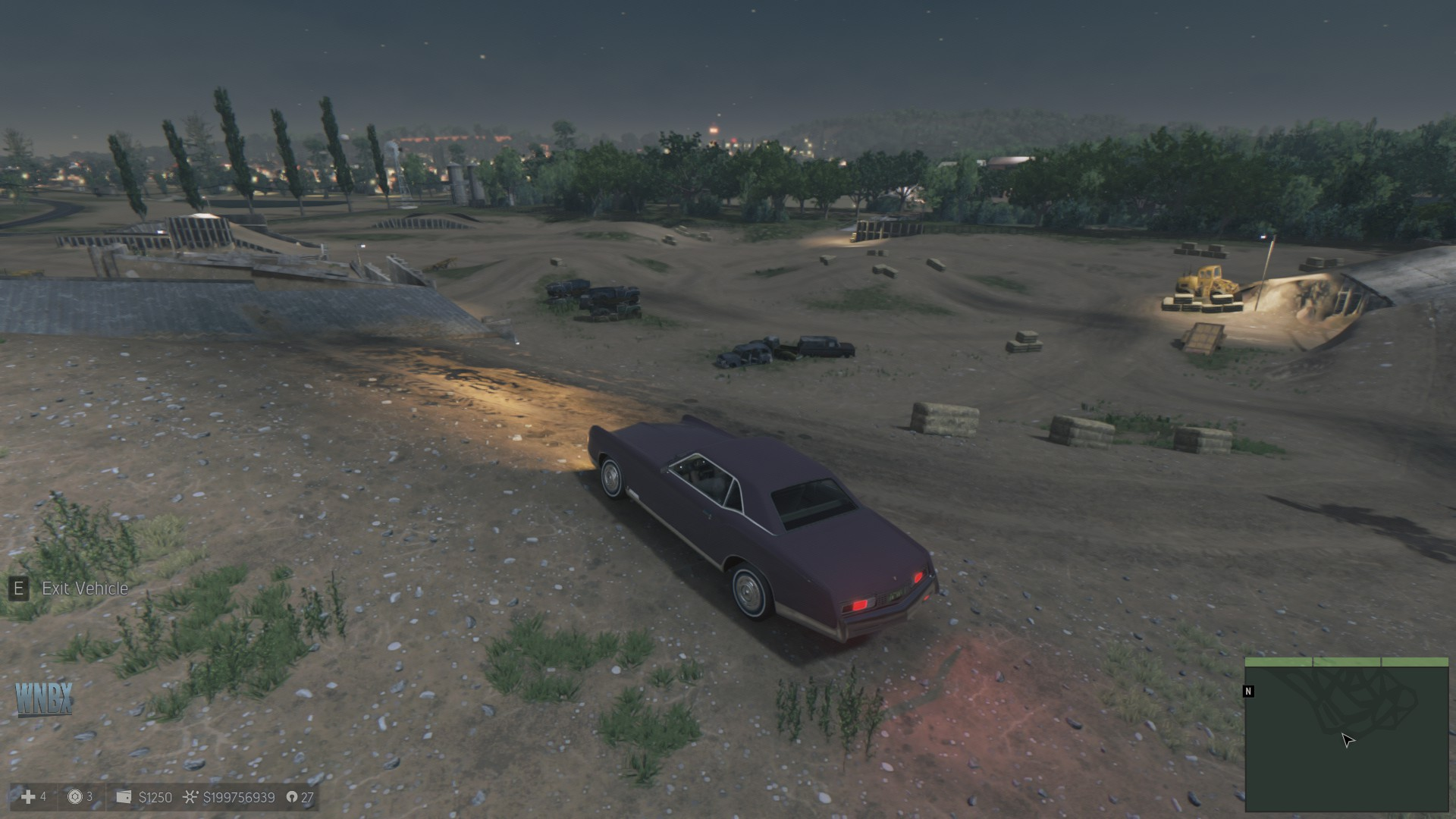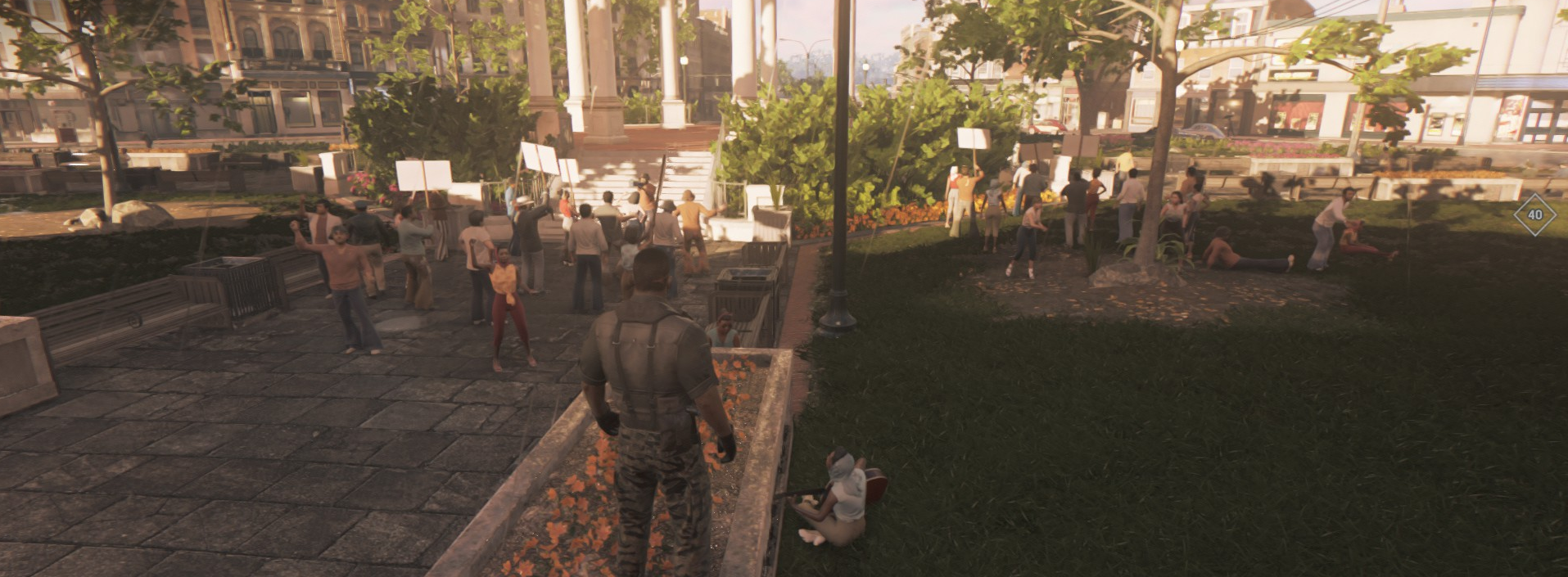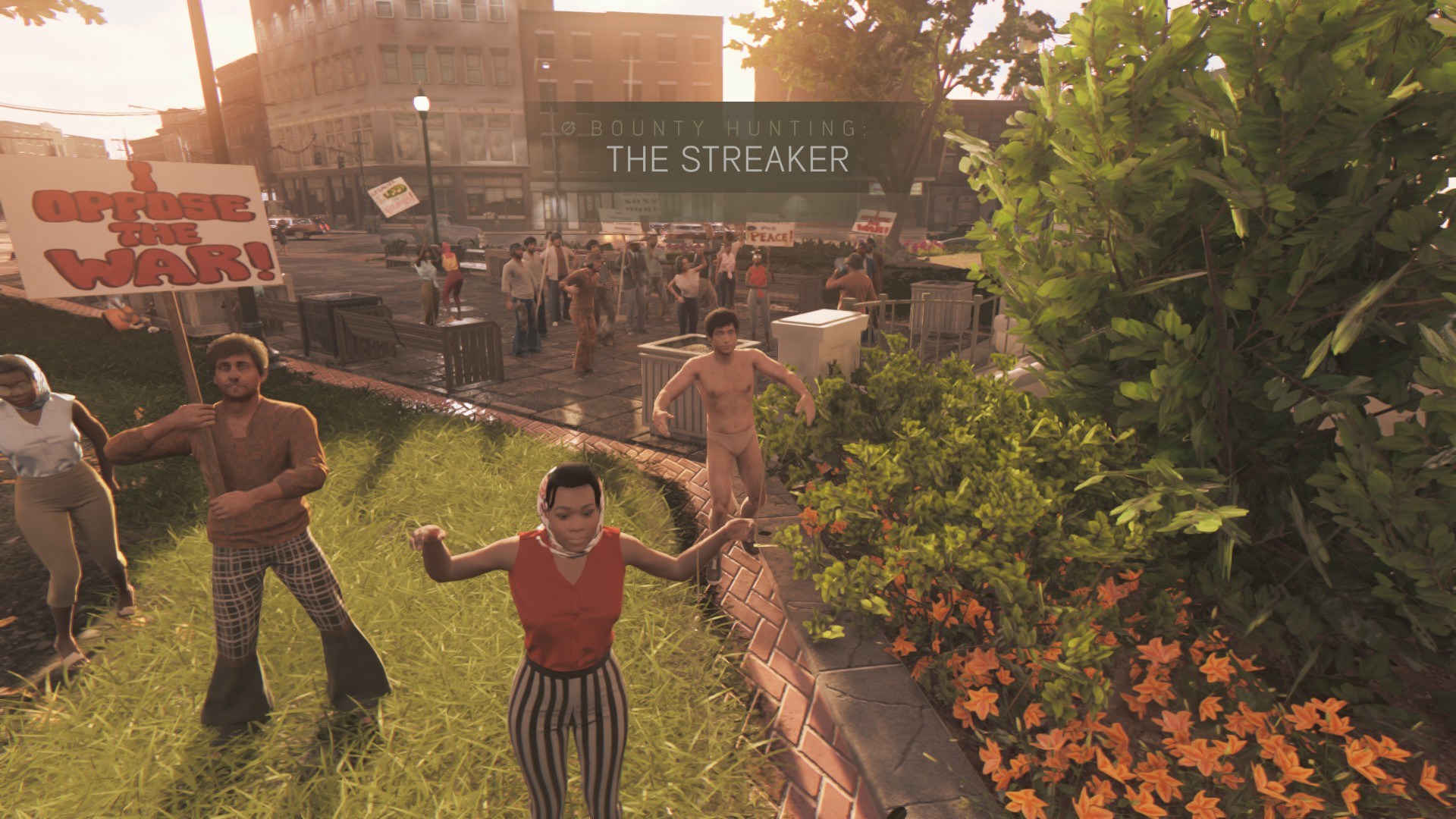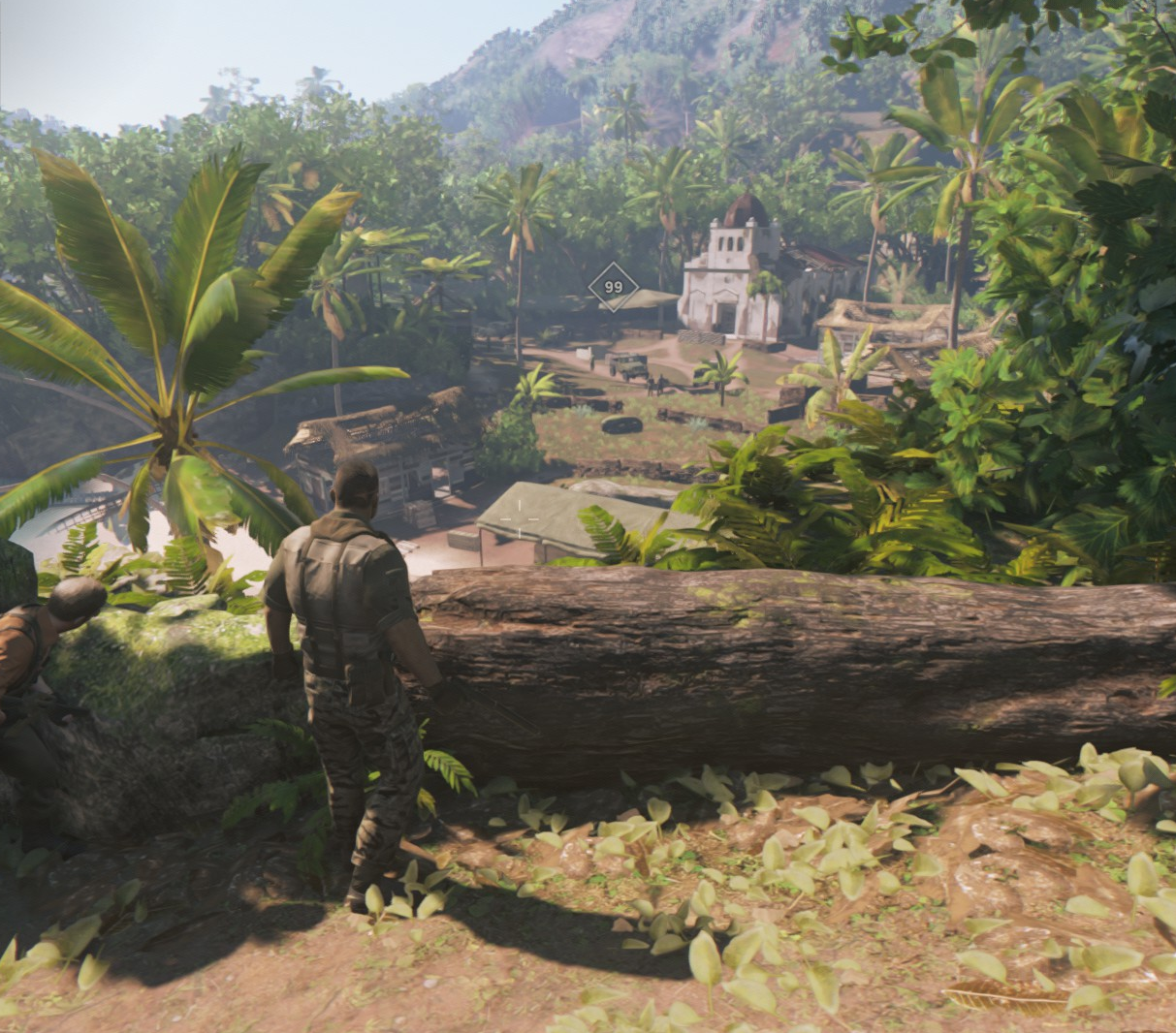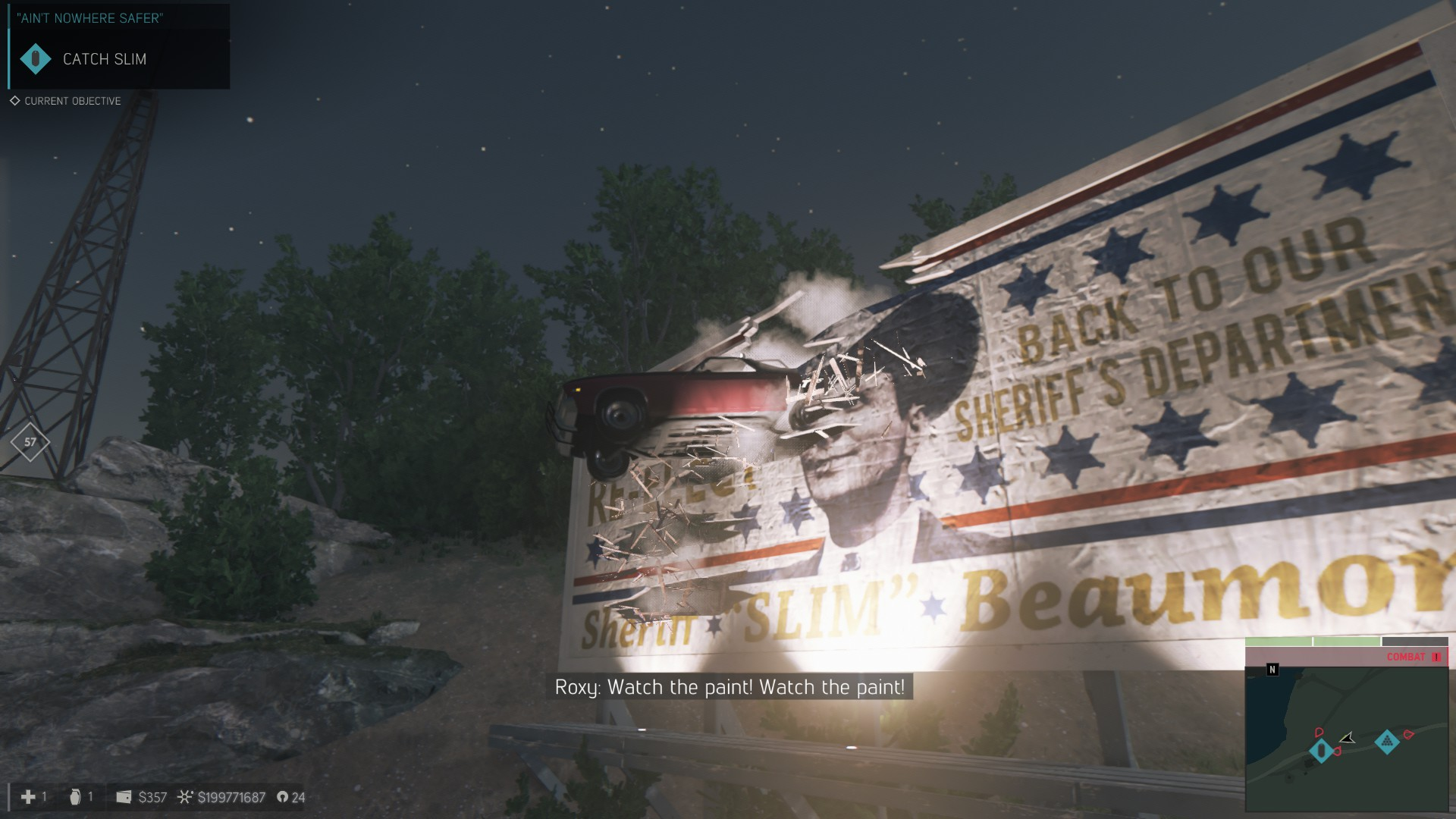Benjamin Karnow
world and technical designer
About Me
I'm a multi-talented designer with over 15 years of experience in making and shipping games.
My greatest strength is that I'm a fast and voracious learner. I specialize in solving problems that crop up at the junction of art and design - I enjoy gathering a large breadth of knowledge about every aspect of making games, but I equally enjoy diving deep into specific systems and areas and developing my expertise.
Some of the things I've done in my career: I've made open worlds, worked extensively with procedural generation tools, written reams of documentation, solved highly technical platform-specific QA problems, and even written tools for streamlining workflow.
If you have a collaboration or project in mind - email me, I'd be delighted to help you achieve your goals!
Selected Commercial Projects
Fire Hose Games - World Designer
─ Sole World Designer for Techtonica.
Techtonica was an open-world, voxel-based, factory automation game. Techtonica attempted to hybridize detailed factory automation, (like Factorio) with a story-driven narrative exploration game (like Subnautica). I concepted, designed, and implemented all the gameplay areas for both the initial Early Access release and all subsequent content updates. I created over 4 cubic kilometers of terrain - cubic kilometers because Techtonica was set entirely in a giant cave system, not something you see often in any game, let alone an open-world one.
─ Used inhouse procedural generation systems to populate the game world with over 10 discrete vegetation biomes.
I really enjoyed working with our procedural generation system, called "Frillboxes". Originally a fairly simple system, I immediately wrote specs and pushed for upgrades to the Frillboxes that turned them into a richly-featured procedural system capable of generating an entire 3-dimensionally distributed vegetation biome, with over 10 layers of profiles, at the click of a button. I also explored unorthodox uses for the system, using it to generate and distribute level geometry, detail-stamp voxel meshes, and a host of other useful purposes.
─ Drove upgrades of level design tools and user experience.
I was able to work closely with engineers again on Techtonica, which led to many performance, user experience, and mistake-prevention upgrades to our editor, especially in the area of gameplay metric compliance.
─ Major stakeholder for gameplay decisions and planning.
Techtonica was made by a relatively small team, so I embraced a role as the 'soft-core' player advocate. I routinely spoke up for the players that were there to enjoy the visuals and chill out, not to necessarily use a calculator to determine maximum effective production ratios.
Techtonica was fully released on Steam and Xbox Game Pass in 2024.
Techtonica Screenshots
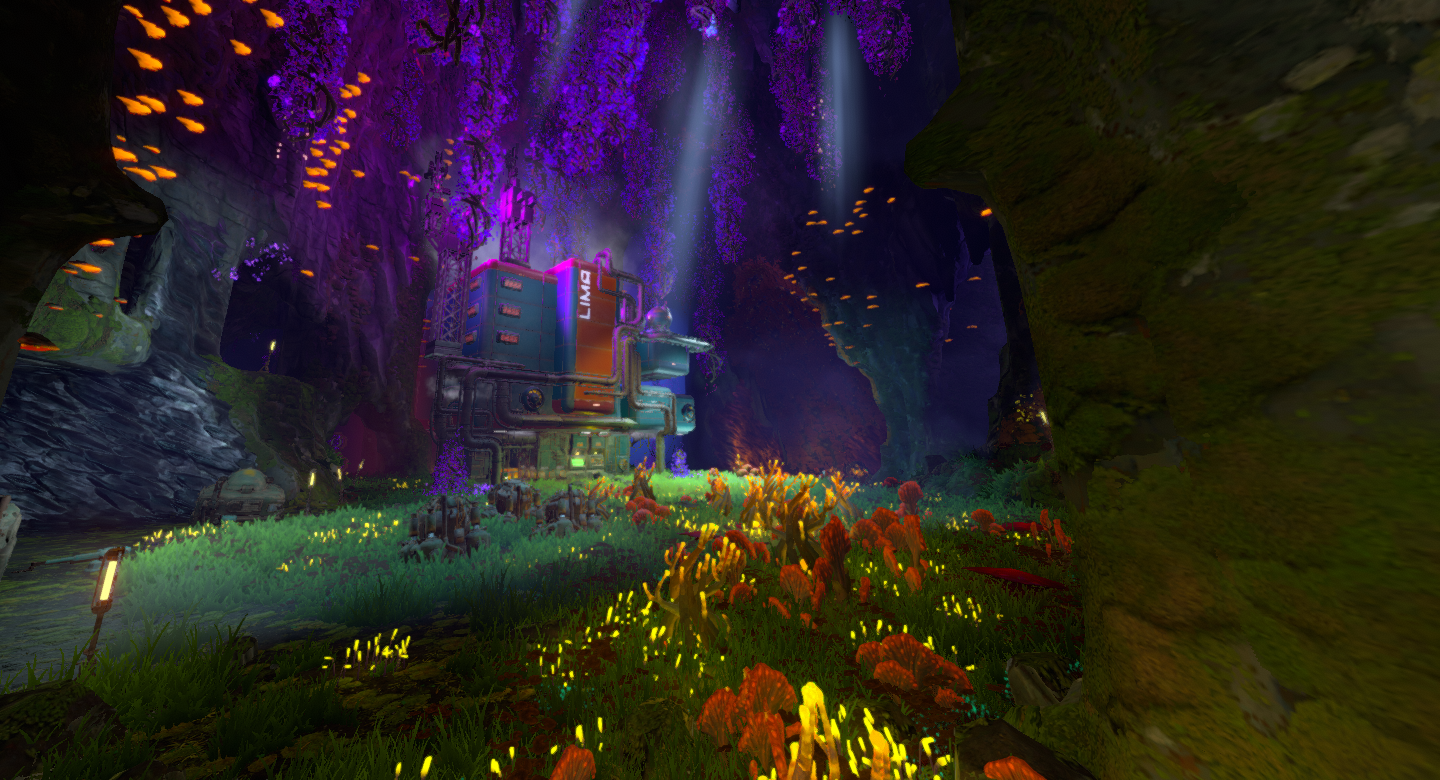
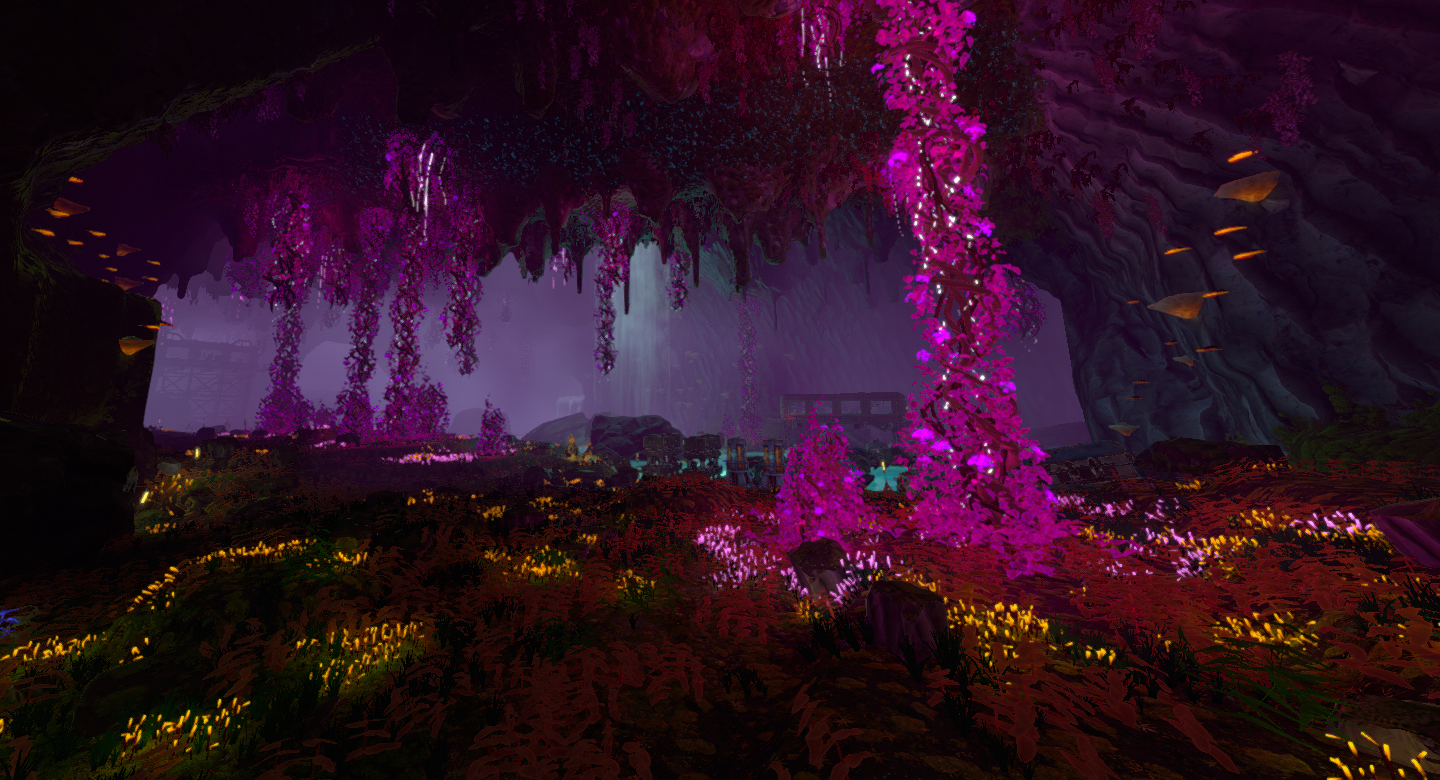
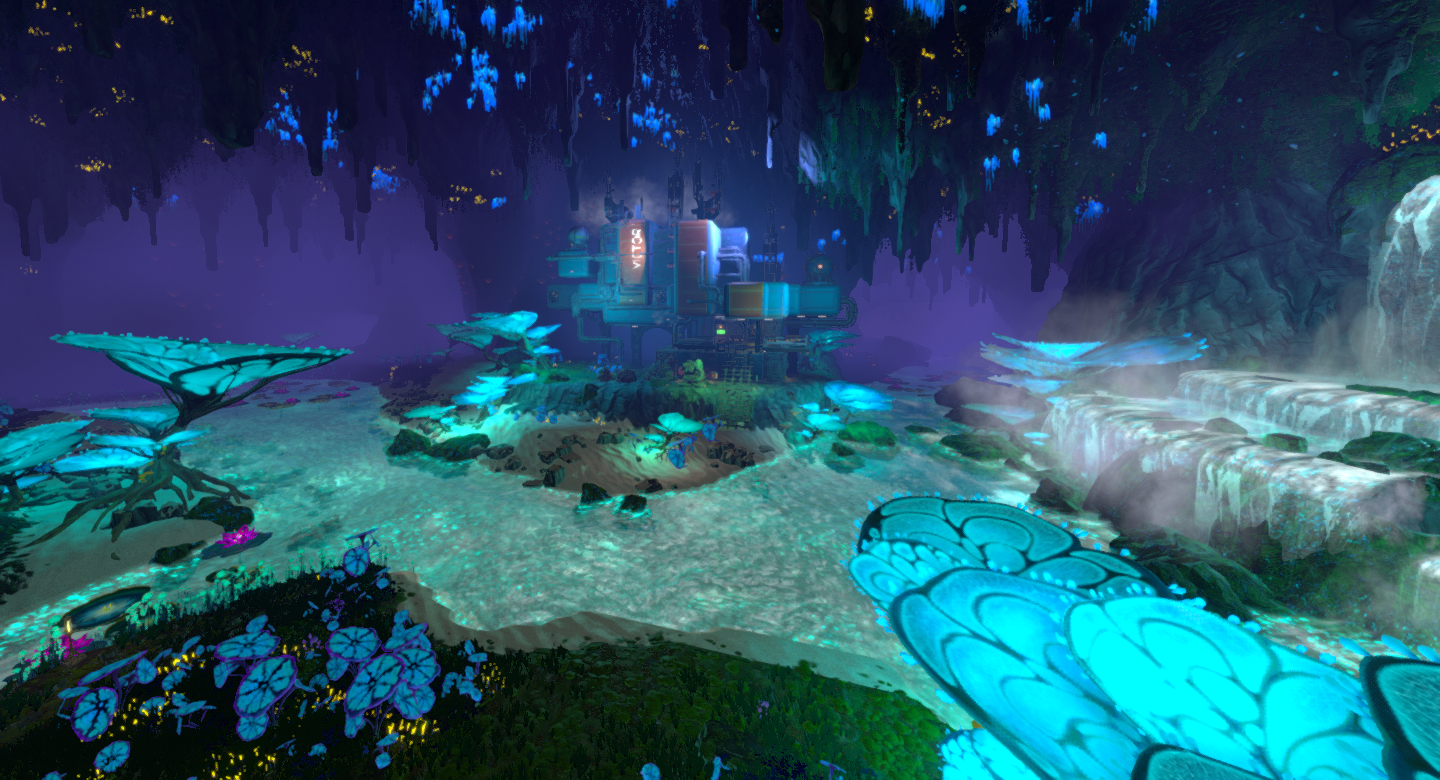
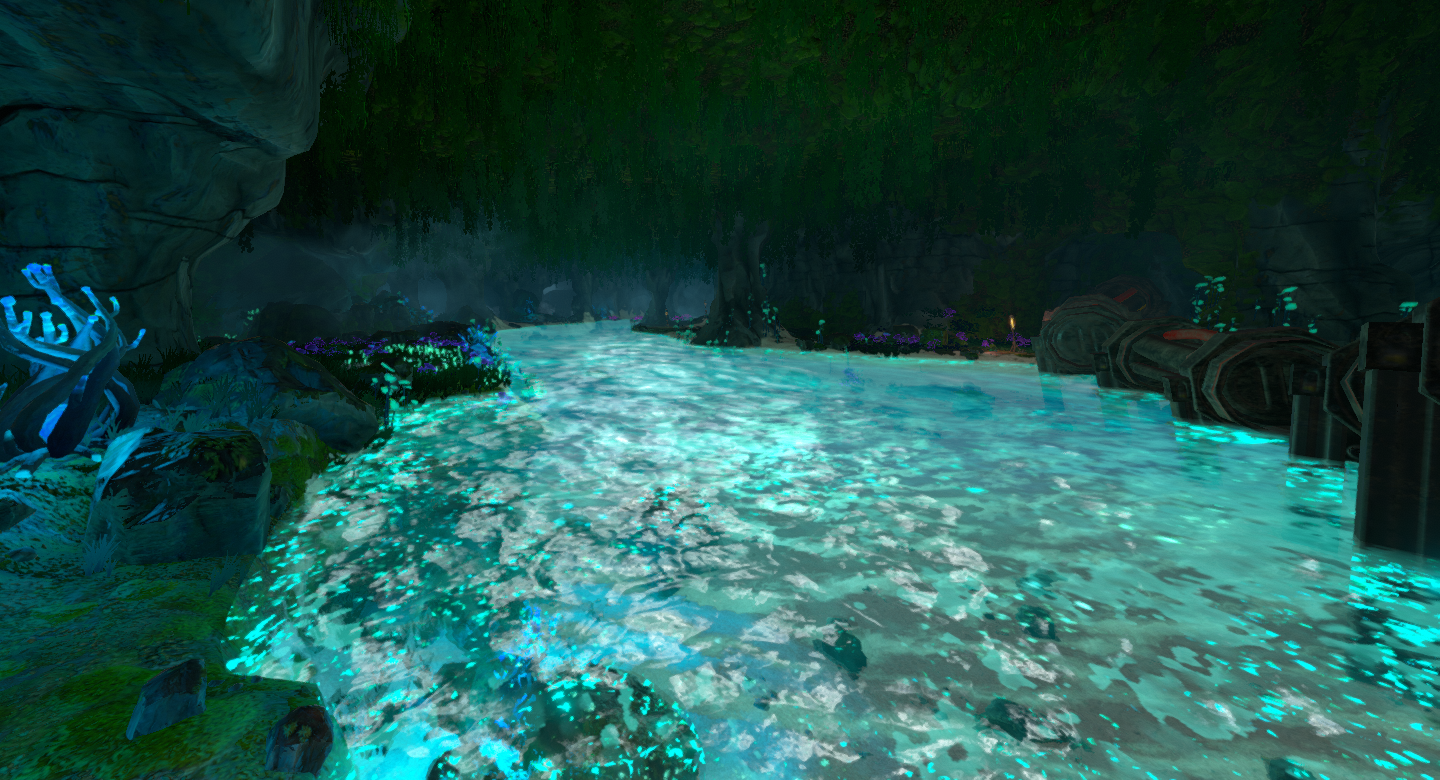
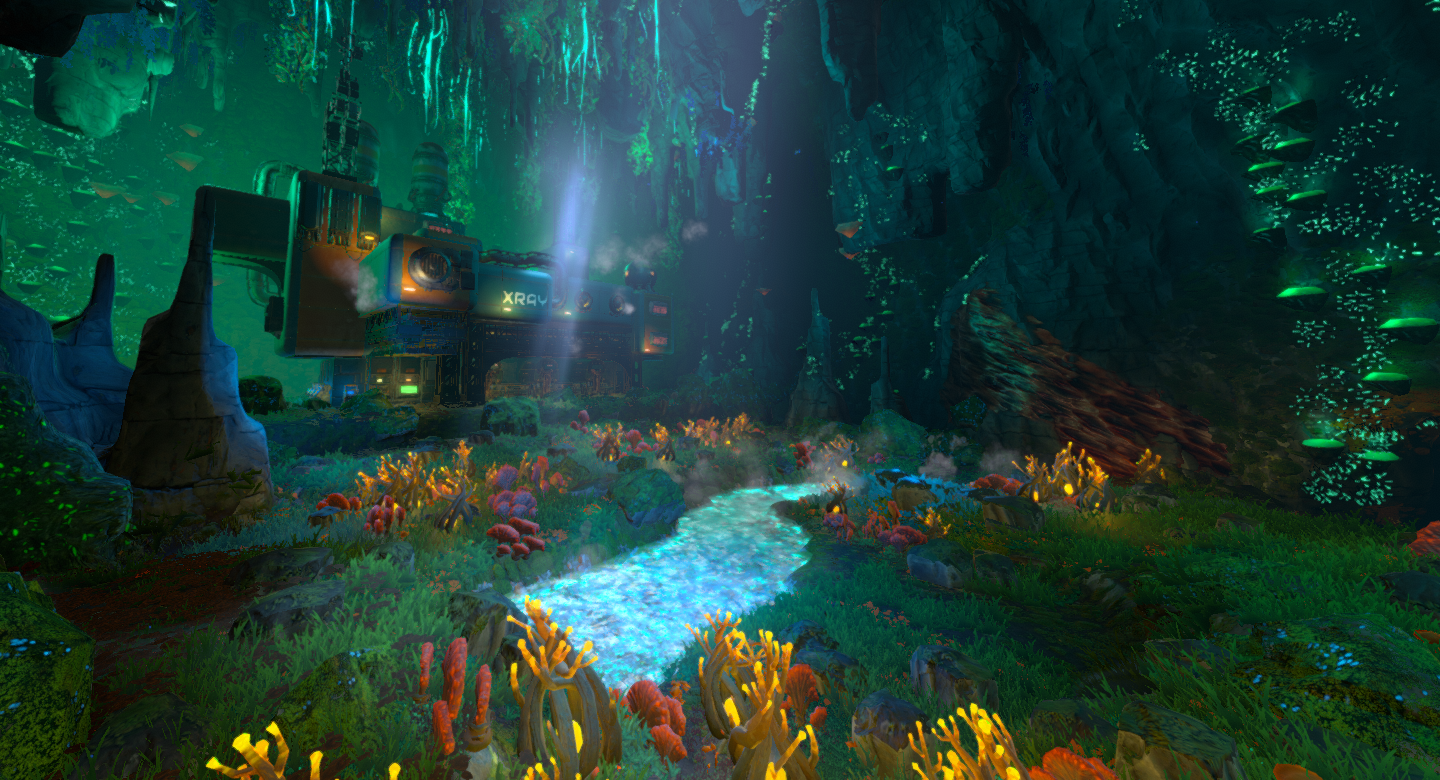
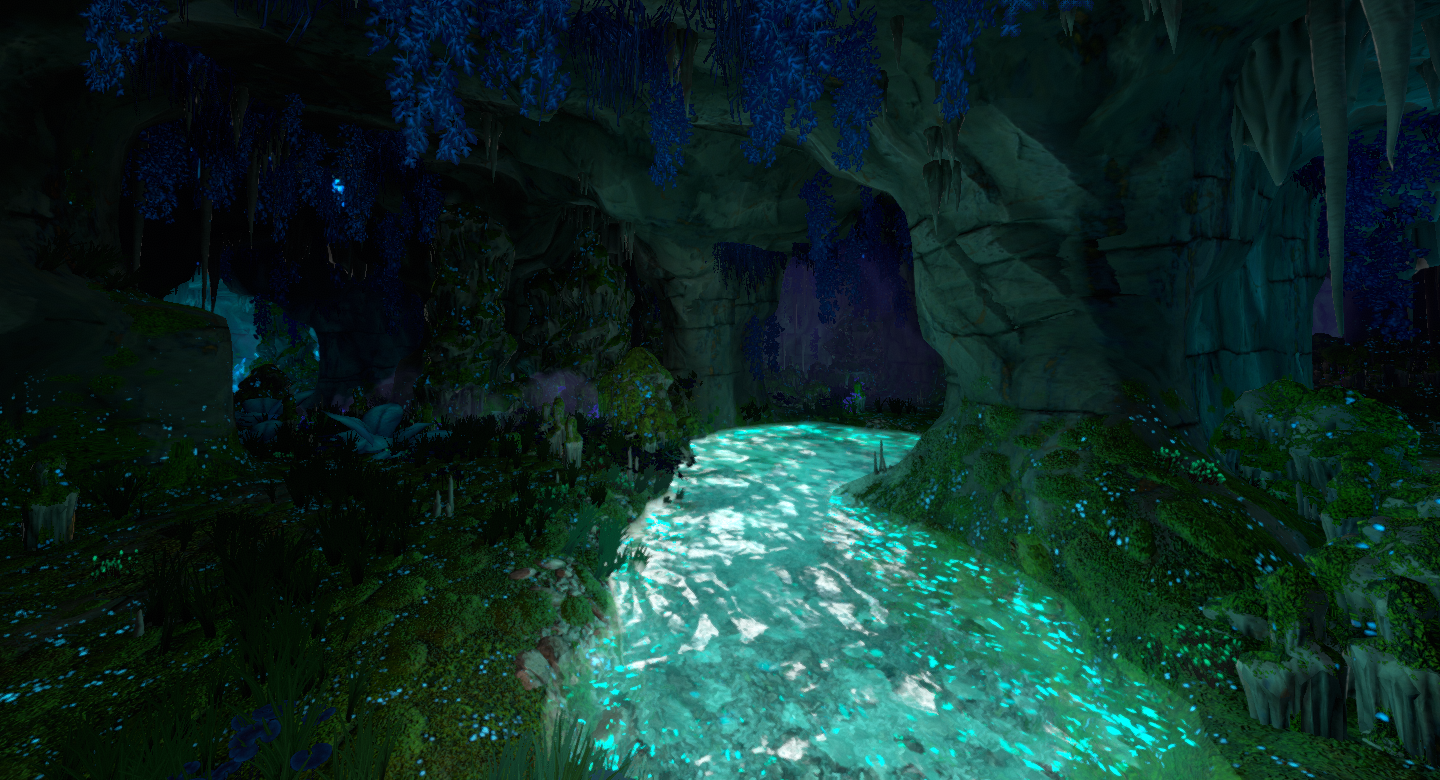






Hack / Endless OS Foundation - Senior Designer
─ Sole content designer on a team dedicated to delivering monthly releases of narrative-driven content.
At Endless, I was responsible for all content in the Hack division, an educational gamification project focused on teaching children to code. The project initially covered core programming concepts, and later branched out into general digital art and literacy. While I was in charge of Hack content, we delivered new modules (~10 activities, 30 minutes per activity) on a bimonthly basis.
─ Collaborated with Design Director to map out, redesign, and overhaul all previously released content.
When I arrived at Hack, I took over content design and implementation from a departing interim Design Director. After getting up to speed, we agreed that the highest priority was overhauling Hack's learning objectives, content, and tools. I focused on extending existing content, more effectively achieving learning objectives (using current pedagogical research), and improving narrative execution. I also built in flexibility for future objectives to be taught using low-cost modifications of existing content.
─ Designed and executed prototyping system; integrated ‘in-engine’ asset previews. Provided living documentation. Designed and prototyped new systems for narrative depth-on-demand and flexible content/app interactions.
Despite the fact that I was the sole content designer at Hack, I prioritized tooling and documentation whenever possible. I created a 'sandbox' system for prototyping future content, and used it to prototype multiple new systems for narrative depth-on-demand, real-time asset previews, and more flexible integrations between our 'hackable apps' and future learning objectives.
─ Implemented content for 'Endless Key' project, coordinated external content providers.
The Endless Key was a project Hack's CEO conceived during the early stages of the pandemic - a USB key loaded with digital learning tools and lessons for low-internet-availability users. I was responsible for collecting and integrating a large amount of content from various external content providers like Kolibri and Khan Academy.
─ Wrote and implemented 6-month initial narrative arc for Hack, created and pitched meta-narrative bible integrating Hack and Endless Studios' Terminal Two.
Endless Studios, another group under the umbrella of Endless, was working on a different group of games in a narrative universe they named "Terminal Two." Hack's CEO requested that I create a narrative integration between the two, so I wrote a primary narrative, meta-narrative, and overall universe that cohesively tied all the works together. I pitched this narrative bible and led it through feedback and approval, after which point it was passed to Endless Studios for implementation. As another part of this work, I wrote a 6-month narrative arc for Hack that would lead up to the reveal of the connection with Terminal Two, coinciding with Terminal Two's public launch.
─ Migrated team to Agile development methodology.
When I arrived at Hack, our development process was largely undocumented and minimally organized. Due to my previous experience in Agile teams, I worked with the general manager to migrate art, design, and engineering to a unified Agile development schedule and cadence.
─ Copy-edited all social media content and email newsletters for tonal consistency and content standards.
Our global team at Hack had few first-language English speakers, and the general manager requested my assistance in copy-editing our social media and newsletter content, a responsibility I was happy to take on.
─ Onboarded and managed 6 contractors; trained and transitioned social media manager into junior design role. Evaluated external contractor work and determined acceptance criteria.
Towards the end of my time at Hack, management began pushing for an accelerated cadence of content delivery, as well as the addition of subject experts in various content areas. This required me to onboard multiple contractors to produce additional content, as well as manage them, edit their work, and train our social media manager as a junior inhouse content designer.
The Hack Clubhouse is available on Flathub for anyone to install.
The Hack Web Demo was discontinued, but is preserved on the Internet Archive.
Hack / Clubhouse Screenshots
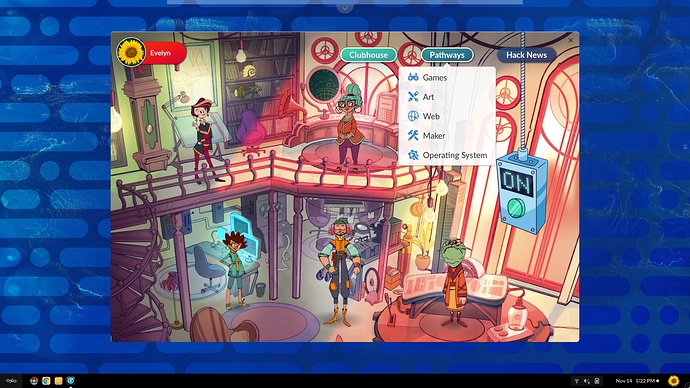
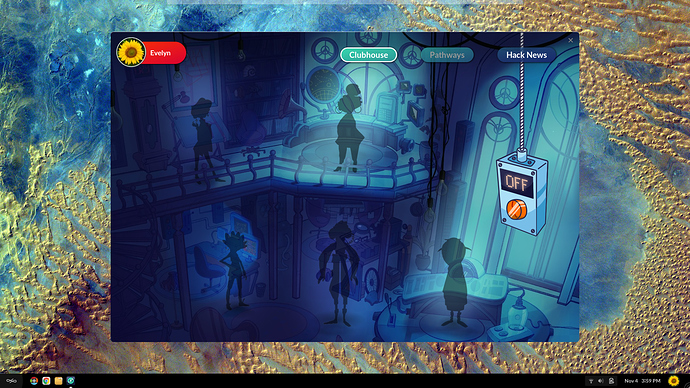
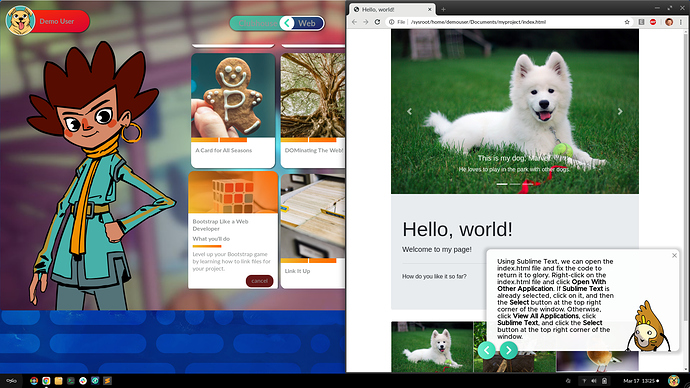
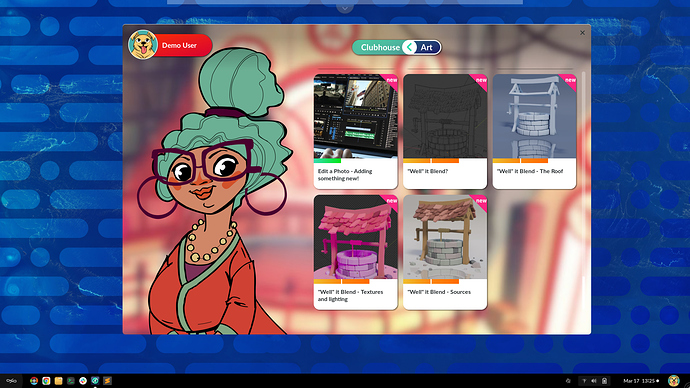
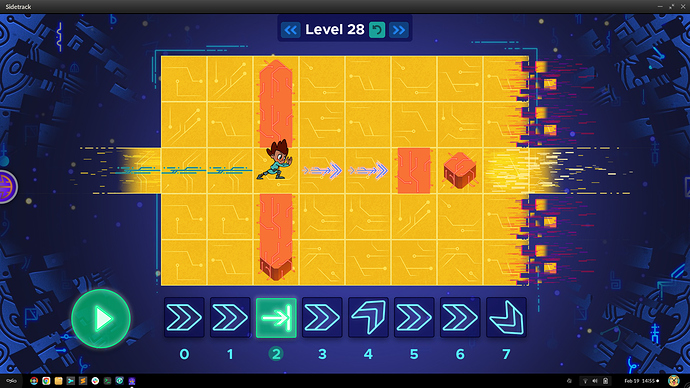





Mafia 3 - World Designer
─ Created and placed randomized encounter prefabs for systemic enemies.
These encounters were part of a big switch we made from more authored content to more procedural content - the idea was to make sure the player could have something to do, something to collect, or something to be threatened by on every single block of New Bordeaux.
─ Built and iterated on ambient NPC animation markup over multiple districts of New Bordeaux.
These World Interactions were the backbone of the 'living city' - every single one was an individually placed point that an NPC could occupy to do something, from tiny things like smoking or tying their shoe to a full-blown argument that pulled in passers-by.
─ Created all boat navigation and spawning data for the game world, as well as a large amount of the car and pedestrian navigation data.
I was one of only 3 people who knew how to work with the vehicle and pathing systems. Every traffic light, crosswalk, stop sign, vehicle path and spawned vehicle in the game world was our work.
─ Built and placed all collectible objects - Vargas Posters, Junction Boxes, Wiretapping Fuses, Hotrod Magazines, Playboy Magazines, Album Covers, Repent Magazines, and Propaganda Posters.
For some perspective on numbers, that list comprises over 150 unique collectibles, plus over 100 fuse collectibles, and tens of Junction Boxes per district. I was the final owner at shipping time of all collectibles in Mafia 3.
Mafia 3 - DLC 1 - "Faster, Baby"
─ Created all navigation data for the DLC area.
As opposed to the main game, where I was extending, refining and maintaining the roadmap, in DLC1 I was sole owner of all roadmap and spawn data. I also integrated it into the main roadmap to allow seamless navigation between the base game and DLC area - a new feature.
─ Prototyped and drove development of the 'stunt jump' system, which was used in multiple critical path missions, as well as in a freeform checkpoint racing system, focused on stylish jumping and drifting.
I conceived of stunt jumps as a way to create cinematic moments during gameplay without taking control away from the player - a sort of 'cool cam' that would make whatever the player was doing that much more exciting. A side system at first, eventually the stunt jumps were integrated into every single mission in the DLC, as well as into the police response system. The checkpoint racing system was canceled due to lack of UI resources at the 11th hour, sadly, but survives in the form of the 'car skate park' in the southern area of the DLC.
─ Designed a system to allow players to disable pursuers on the fly during car chases using environmental objects.
With so many missions in the DLC that relied on skillful driving with an NPC doing the shooting, we didn't want players to lose the agency of taking out pursuers. We created traps that could be 'set' with a gunshot, and then would trigger when the pursuers drove through them, automatically causing them to cinematically 'wipe out' in a cascade of logs or barrels.
─ Created several themed combat spaces for the Herbalism (Marijuana growing) activity.
Herbalism was a spur-of-the moment time-based activity that grew into an interesting side-route to make the player scads of money if they didn't want to engage with the racket loops. It gave me an excuse to do some focused environmental storytelling in previously unused spaces, as well as some combat encounters that were much denser than others in the game.
Mafia 3 - DLC 2 - "Stones Unturned"
─ Created a multi-location, semi-randomly generated mission set with large crowds.
Prior to DLC2, all of our missions had been highly authored content taking place in airlocked locations. I wanted to do something different for the Bounty Hunting missions, so I created missions that would take place in the open world, with randomly selected locations, and use larger crowds of NPCs than any other mission we'd previously done. The result is unlike anything else in the game - a mission that truly feels like it's part of the living world, instead of just happening near it.
─ The Bounty Hunting missions were also the first implementations of multiple new features - Nonlethal takedowns, in-game cutscenes, and storing bodies in vehicle trunks.
I was he first world designer assigned to DLC2, which made me responsible for creating the testbeds for these mission-critical systems, as well as establishing best practices for using them in the other missions in the DLC.
Mafia 3 - DLC 3 - "Sign of the Times"
─ Collaborated on upgradeable player base, designed and implemented the capstone mission - a party celebrating the fully upgraded state of the base.
This mission was a unique challenge - a totally social mission with no combat and a non-linear dialogue-based progression, in a tiny space, with as many NPCs as we could fit. Unlike the DLC2 crowds I'd previously done, all our NPCs here would be a full detail, so managing performance on console was a difficult balancing act. It was a fun challenge to structure the cutscenes and dialogue to fit the space and mood, as well as repond to every possible way the player could go through the mission.
Mafia 3 is currently available as Mafia 3 Definitive Edition, which bundles the base game and all DLC together.
Mafia 3 Screenshots
